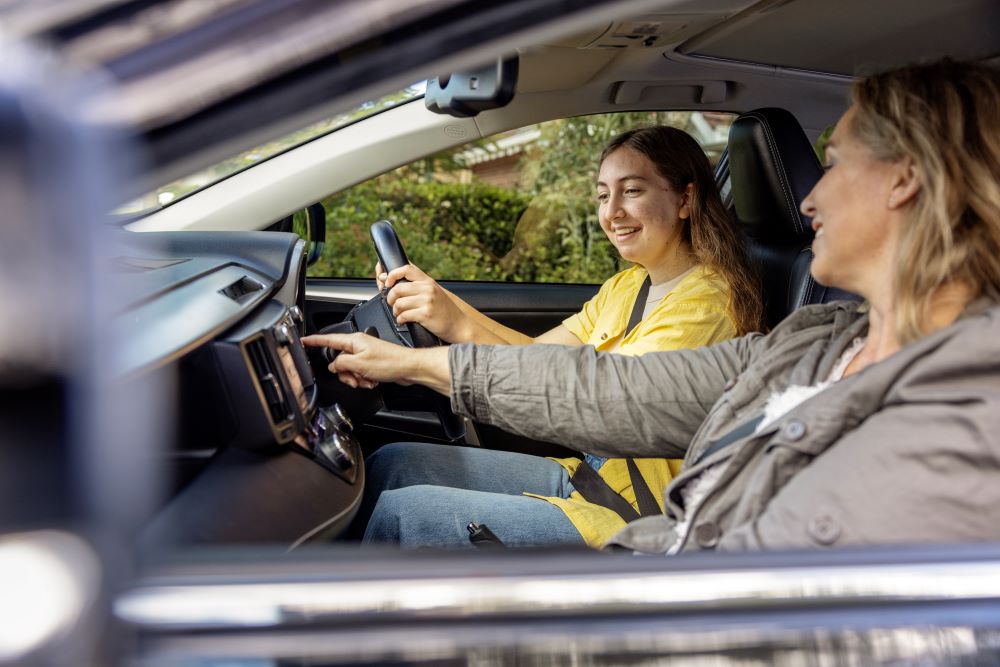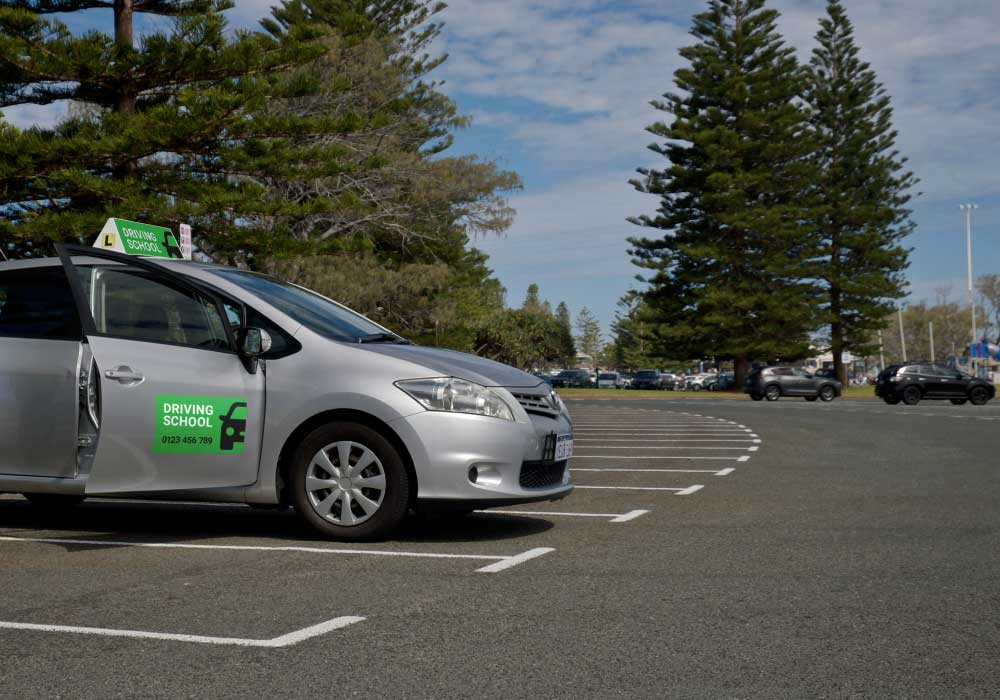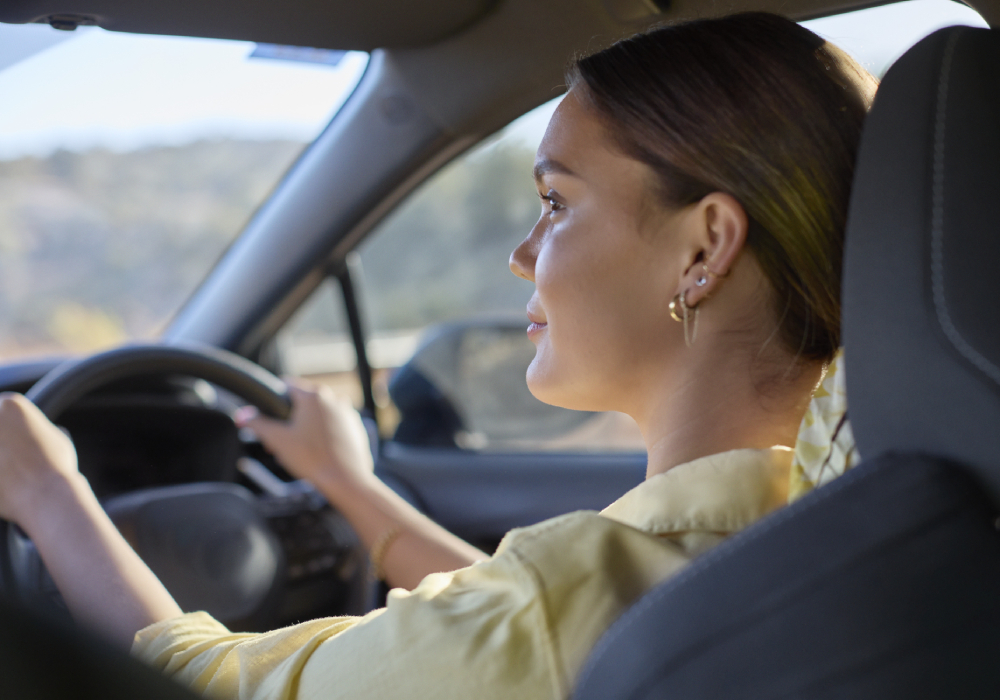
Supervising a learner driver in WA
Everything you need to know about supervising a learner driver in WA
Learning how to drive is an exciting part of any young adult’s journey towards independence. This major life milestone is marked by enthusiasm and nerves, not only for the learner driver, but also for those who take on supervising duties.
There’s a lot involved with supervising someone as they learn to drive for the first time. In addition to covering the road rules and providing practical driving instructions, supervisors play an important part in preparing learner drivers for a lifetime of safety on the roads.
If you’re just getting started with supervising your learner driver, we’re here to help. Here’s everything you need to know before becoming a driving supervisor in WA.
Who can supervise a learner driver?
A supervisor can be a parent, relative, friend, or a licensed professional driving instructor. If you can, it’s a good idea to begin driving lessons with a professional instructor, as they have experience driving with beginners. Check out our guide on choosing the right driving instructor.
Driving supervisors must have a current licence for the type of vehicle they are teaching the learner to drive, and they must have held this licence for at least four years. This applies to cars and motorcycles. For those learning to drive a moped, the supervisor driver must have held their licence for at least two years.
Even if you're legally allowed to supervise, ask yourself:
- Am I ready for the job of teaching someone how to drive?
- How do I respond to stressful situations?
- Do I have a good driving record?
- Do I have a good relationship with the learner?
Important rules for driving supervisors
In addition to holding the correct licence, supervisor drivers have some important rules to follow:
- Whenever your learner driver is driving, you must be seated next to them. This means you can’t instruct them from outside the vehicle if they’re reversing or parking.
- Blood alcohol content restrictions for licensed drivers also apply to you as the supervisor driver.
- Learner drivers are not permitted to drive vehicles within Kings Park in Perth.
- Your vehicle needs to be safe and roadworthy. See below for more information on selecting the right vehicle.
Did you know?
When your learner driver joins RAC Ignite, they can get a free Learn to Drive pack. They'll receive free L plates and a handy guide, and you'll receive a supervisor guide with tips on how to make the most of your lessons together.
Selecting the right vehicle for your learner driver
Now that you’re ready to embark on the journey of supervising your learner driver, it’s time to select the right vehicle for them to learn in.
The type of licence they’re applying for will determine the vehicle they need to learn in – either manual or automatic. It’s also important to consider what size of car they’ll be comfortable learning in.
Another consideration is the safety of the vehicle. You can check the ANCAP rating online.
If you’ll be using your own vehicle throughout the learning to drive journey, including for the practical driving assessment (PDA), it must be safe and roadworthy. Before the PDA commences, the driving assessor will inspect the vehicle to ensure it meets the minimum safety standards as laid out by the Department of Transport.
Here's a summary of the suitability guide for C-class vehicles:
| Handbrake | For C-class PDAs, vehicles must have a centrally mounted, manual lever handbrake and hold the vehicle stationary on a slope. An electronic press button handbrake won’t be accepted. This is so the instructor can easily stop the vehicle whenever required. |
|---|---|
| Windscreen | No cracks exceeding 15 centimetres in length or chips or cracks the driver’s line of sight. |
| Warning lights | There are to be no warning lights displayed. The only exception is a reminder for a vehicle service. |
| Lights | All lights must be working, including headlights, indicators lights, brake lights and taillights. All lenses must not be cracked or faded. |
| Tyres | Tyres must have appropriate speed and load rating. All tyres must have 1.5mm tread depth across the entire width of the tyre. |
| Learner "L" Plates | Must be removed for the assessment. |
| Speedometer | Must be operational./td> |
| Horn | Must be working. |
| Door handles | All internal and external handles must be working. |
| Mirrors | All interior and exterior mirrors must be fitted and adjusted to provide maximum view of the rear of the vehicle on both sides. |
| Headrests | Must be fitted. |
| Exhausts | Must be secured and not produce excessive noise or leaks. |
| Pedals | Must have anti slip covering unless manufactured without them. |
| Seatbelts | Must operate correctly and not be frayed, twisted, or damaged. |
| Windscreen wipers and washers | Must be operational and prevent dirt and moisture from obscuring visibility. |
| Windows | All windows must be operational. |
| Air conditioner/demister | Must be operational when required to ensure visibility. |
| Cleanliness | Any loose objects must be secured for the safety of the occupant. |
Being a supportive driving supervisor
Above all else, your main role as a driving supervisor is to help prepare your learner driver for a lifetime of safety on the roads. In the early stages, you’ll actively teach your learner driver basic driving manoeuvres and road rules. As they develop their skills and start to gain more confidence, your role will evolve to provide more supervision and advice, and less foundational instructions.
Here are some tips to keep in mind as a driving supervisor:
- Be calm. Think of yourself like a coach. Be patient, stay alert, and don't lose your temper.
- Keep it simple. As you get started, it’s important not to complicate things. If you give your learner too much information, they may have trouble remembering everything.
- Lead by example. Your learner sees you drive, which means they’ll pick up your habits. Make sure they’re good ones.
- Make the time. Learners can only get better and develop their skills if they’re given the time to do so. You need to find the time to ensure they feel confident in handling a range of different situations and conditions.
- Change it up. When your learner is ready, plan for them to drive in different conditions and situations.
Practical tips for supervising a learner driver in WA
Ready to get in the car and start logging hours with your learner driver? Once you’re feeling confident and you’ve made sure you’re legally allowed to supervise, check out these practical tips on supervising and teaching your learner driver.
Related articles
Check out more Tips & Resources

Teaching the basics
What to consider as a driving supervisor before you hit the road.

Professional driving lessons
The benefits of having a qualified instructor teach your Learner.

Tips to complete your 50 driving hours in WA
How to reach 50 hours of supervised practice before your practical driving test.
